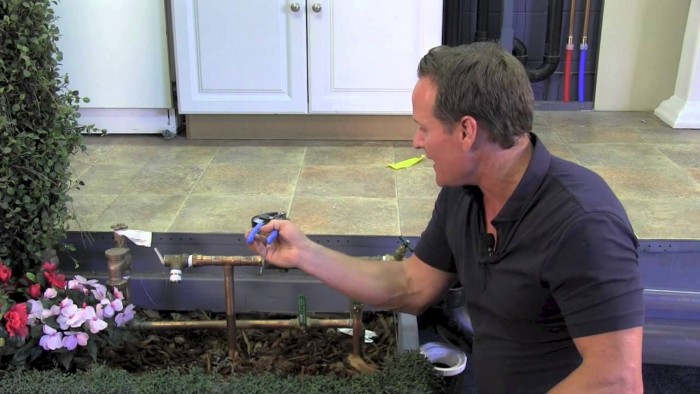Did you know that Atlantic Drift moving water from the Caribbean to the British Isles – upon which smaller-scale variations in water movement are superimposed over a range of time-scales, from years to seasons, days and seconds?
Global oceanic circulation is not merely a curiosity : it is crucial to marine ecology – and thus to the presence and fecundity of major commercial fisheries. For instance, cool water that sinks to the ocean floor in the Antarctic eventually wells up along the western seaboards of South America and Africa, bringing abundant nutrients to the surface which support the major fish populations in those waters.
Furthermore, the oceans are not just passive recipients of wind and atmospheric heat: they are also significant generators and modifiers of weather systems. Oceans are not only the source of most rainfall, but can also trigger complex weather patterns. Perhaps the most notorious example of this is the El Niño phenomenon, in which periodic weakening of the trade winds that normally blow west from South America towards Asia allows the eastern Pacific Ocean to heat up more than usual. The periods of oceanic warming typically last 12 to 18 months, and can have dramatic knock-on effects for weather patterns, variously inducing floods in some places (notably in western South America and western and south-eastern parts of the USA) and droughts in others (south-western USA, Mexico, Brazil, Indonesia, the Philippines, Australia, India and south-eastern Africa).

Elsewhere, geological evidence suggests that the oscillation between temperate and glacial conditions in the northern hemisphere over the last 100,000 years not only correlates with, but was affected significantly by, rather abrupt switching on and off of the North Atlantic Drift. This in turn suggests that future large-scale melting of the Greenland ice sheet could introduce enough cool water into the North Atlantic to deflect the warm waters of the Drift southwards, potentially leading to a distinct chilling of the Nordic countries and the British Isles.
Pipes and Pumps
For Homo urbanus, the natural movement of water can seem a remote concern . What’s more concerning is whether water emerges when a tap is turned, and whether the largely hidden networks of pipes which bring water to our taps remain leak-free and quiet.
Because pipelines are designed to operate completely full of water, the techniques which we use to analyse flows in rivers are not applicable. The modern understanding of the behaviour of water in pipes is the fruit of much experimentation and developments in theory over the last 250 years. The founding father of this field of enquiry was Daniel Bernoulli (1700– 82), who used the principle of energy conservation to calculate the total energy in a given mass of water as the sum of the potential energy, the kinetic energy and the energy due to pressure.
We hope now you would be aware of the working of pipes that are used to send water to your home. In case, you feel that the water pipes in your home are not generating expected pressure and you are not able to get your regular water supply, don’t hesitate to get this issue registered with your water supplier at Northumbrian water Contact Number. They will definitely send their team of experts to get this issue fixed for you.

